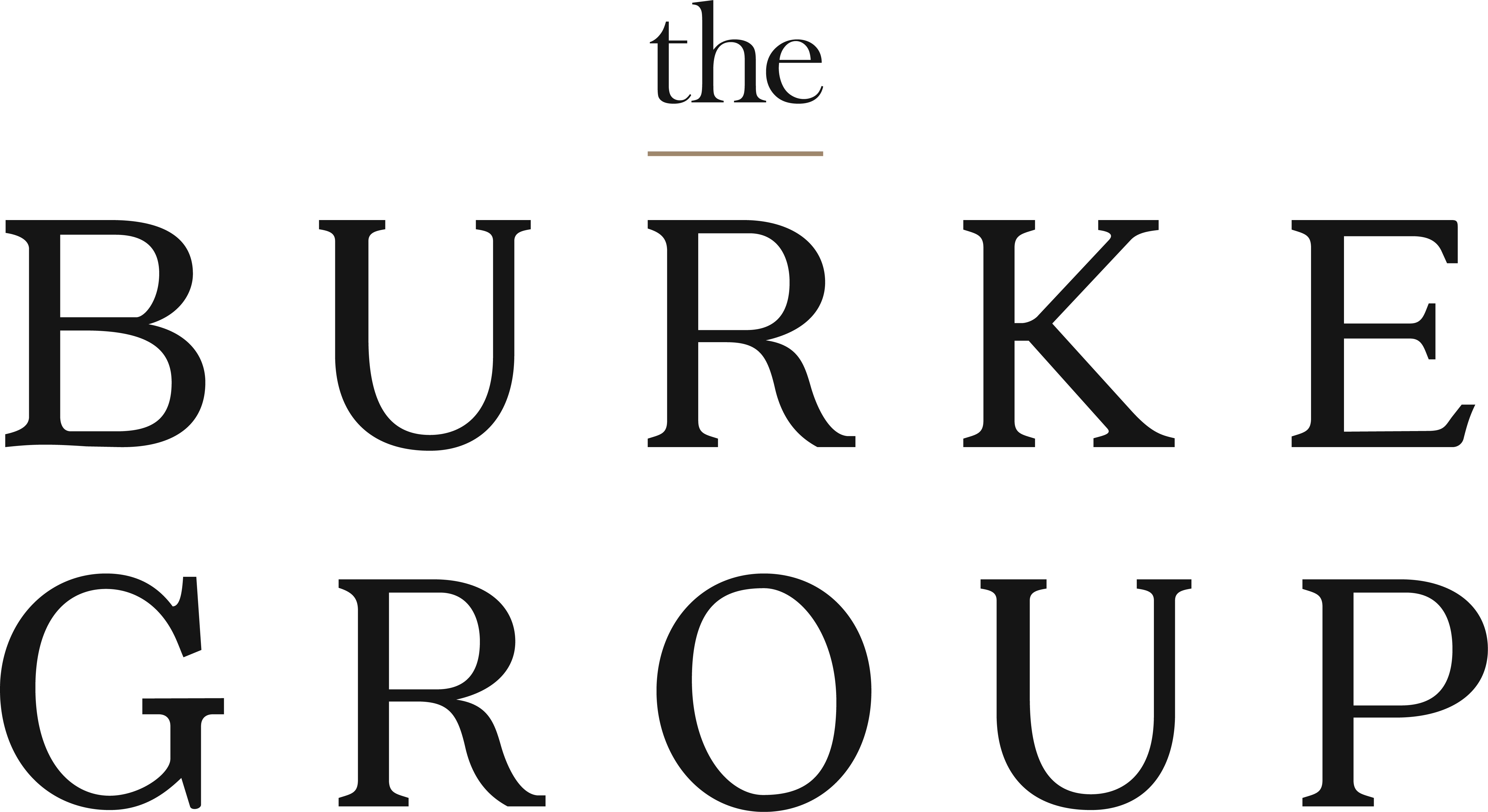Organizational Design & Change Management

Organizational design and change management are two interrelated processes that are critical to the success and longevity of an organization. As companies grow and evolve, they must be able to adapt and change to remain competitive and relevant. However, change can also be challenging and disruptive, and employees may experience "change fatigue" as they navigate multiple changes over time. Change fatigue has clear ramifications and HR leaders must help employees to navigate change and mitigate its impact on their work and well-being.
Organizational design is the process of defining the structure, systems, and processes that support an organization's goals and objectives. It involves creating the right structure, roles, responsibilities, and accountabilities to ensure that the organization is aligned and operating effectively. A well-designed organization is characterized by clear lines of communication, a shared understanding of goals, and an effective decision-making process.
Change management, on the other hand, is the process of planning and implementing changes in an organization. Change management is necessary because organizations must be able to adapt to changing circumstances and capitalize on new opportunities. Change can come from a variety of sources, such as technology advancements, market disruptions, or internal restructuring. Effective change management requires careful planning, clear communication, and a focus on minimizing the negative impact of change on employees.
Change fatigue is a phenomenon that occurs when employees experience too many changes in a short period of time. Change fatigue can lead to feelings of burnout, reduced motivation, and decreased job satisfaction. This can have a negative impact on an organization's ability to achieve its goals and objectives, as well as its bottom line.
HR leaders play a critical role in helping employees to navigate change and mitigate its impact on their well-being. They can do this by:
- Communicating change effectively: Communication is key when it comes to change management. HR leaders should ensure that employees are aware of the changes taking place and understand why they are necessary. They should also provide employees with clear information about what the changes will mean for them, and what support is available to help them through the transition.
- Providing support: HR leaders should ensure that employees have access to the support they need to navigate change. This may include training and development programs, counseling services, or other resources that can help employees to cope with the stress and uncertainty of change.
- Encouraging employee involvement: Encouraging employee involvement in the change process can help to reduce change fatigue. HR leaders should seek out opportunities for employees to provide feedback, ask questions, and participate in the decision-making process.
- Managing expectations: Change can be challenging, and employees may feel overwhelmed by the changes taking place. HR leaders should be realistic about what employees can expect during the change process, and manage expectations by setting clear timelines and communicating regularly about progress.
- Celebrating successes: Finally, HR leaders should celebrate successes and acknowledge the efforts of employees who have successfully navigated change. This can help to build morale and reduce feelings of change fatigue.
Organizational design and change management are essential processes for the success and longevity of an organization. However, change can also be challenging and disruptive, and employees may experience change fatigue. HR leaders play a critical role in helping employees to navigate change and mitigate its impact on their work and well-being. By communicating change effectively, providing support, encouraging employee involvement, managing expectations, and celebrating successes, HR leaders can help to ensure that change is successful and that employees are able to thrive in a constantly evolving work environment.
